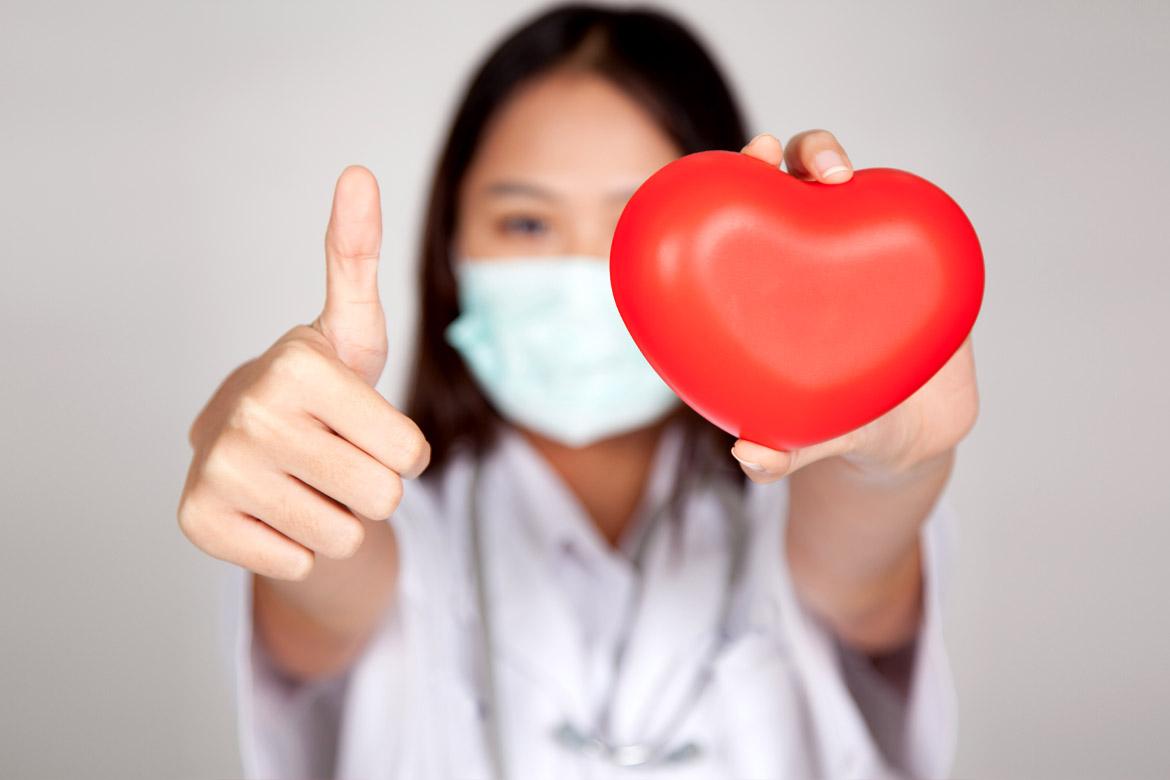-
-
Featured Care Areas

Stroke
What is stroke?
Stroke occurs when blood flow to a part of the brain is suddenly disrupted or severely reduced, due to a blockage or rupturing of blood vessels.
This results in the death of brain cells, and may cause permanent injury or disability, depending on the part of the brain affected.
Types of stroke
There are 2 common types of strokes:
- Ischaemic strokes
- Haemorrhagic strokes
Mini-stroke
Some people may also experience stroke-like symptoms in a transient ischaemic attack. This happens when blood supply to the brain is temporarily interrupted due to a transient (temporary) blood clot.
Also known as a ‘mini-stroke’, its symptoms occur quickly and lasts for a relatively short time (from minutes to less than 24 hours). People who experience this should consider this as a serious warning sign and seek immediate medical assistance to understand their risk factors and potentially prevent a stroke.
Stroke is often thought of as a disease that affects the elderly. However, it can happen to anyone at any age. In Singapore, stroke was the fourth leading cause of deaths, and accounted for 6% of all deaths, in 2020.
What are the symptoms of stroke?
Symptoms of stroke commonly include the following:
- Sudden weakness and/or numbness on one side of the body
- Sudden double vision or other visual disturbances
- Sudden confusion or dizziness
- Sudden, severe headache
- Sudden loss of sensation in a part of body
- Difficulty in speech or swallowing
- Loss of balance or coordination
- Loss of consciousness
- Loss of memory or concentration
- Sudden onset of facial deviation and drooling of salvia
If you experience any of the above warning signs, it is important to seek medical attention quickly. Immediate medical treatment (within 4.5 hours from the start of the stroke) can greatly reduce any potential disability.
What causes stroke?
The causes of stroke depend on its type:
Ischaemic strokes
These occur when there is a build-up of cholesterol deposits, known as plaques, in the walls of a blood vessel in the brain. These plaques can lead to clot formation, resulting in the narrowing or blockage of blood vessels, causing reduced/absent blood supply to the brain.
Haemorrhagic strokes
These occur when the blood vessel in the brain leaks or bursts due to medical conditions such as high blood pressure or a brain aneurysm (an abnormal balloon-like swelling in the wall of blood vessel inside the brain).
What are the risk factors for stroke?
People with the following conditions are at higher risk of suffering from stroke:
- High blood pressure (hypertension)
- Heart disease
- High alcohol consumption
- High blood cholesterol level
- Has diabetes
- Is a smoker
Other risk factors include:
- Increasing age
- Previous stroke or transient ischaemic attack
- Family history of stroke
- Uncommon genetic or congenital conditions
What are the complications and related diseases of stroke?
A stroke may result in a temporary or permanent disability, depending on the area of the brain affected.
Complications associated with stroke include:
- Loss of muscular movement, or paralysis. A stroke may cause you to lose control of some muscles such as facial or arm muscles. A severe stroke may also cause paralysis on one side of the body.
- Difficulty in speaking or swallowing. After a stroke, your muscles in the throat or mouth may get affected, and you may face difficulty in talking, eating or swallowing food.
- Loss of memory and cognitive dysfunction. Sometimes, stroke can lead to memory loss. It may also affect your thinking, reasoning, and decision making skills.
- Pain. You may develop pain, tingling, numbness or other sensations in parts of the body that were affected by the stroke.
- Depression and emotional changes. Due to physical disruption in normal activities, and reduced ability to perform your own tasks, you may experience strong feelings of sadness that may lead to depression.
How do you prevent stroke?
- Primary prevention for stroke is targeted at people who possess risk factors for stroke but have not experienced one. It involves lifestyle changes or medications to manage and control conditions such as hypertension and diabetes mellitus.
People with hypertension (high blood pressure) may be prescribed medications like antihypertensive drugs to reduce their high blood pressure. Studies show that even small reductions in blood pressure in elderly patients can effectively reduce their risk of stroke by 30 – 40%.
Patients with heart conditions like atrial fibrillation (irregular heartbeat) may be prescribed anticoagulants (blood thinners) to manage the condition and reduce the risk of getting stroke. - Secondary prevention for stroke focusses on reducing the chance of a stroke reoccurring in patients who have experienced a stroke or transient ischaemic attack.
The main measures include antiplatelet or anticoagulant therapy, which involves the prescription of medicines to remove or reduce the risk of blood clotting in the blood vessels.
This page has been reviewed by our medical content reviewers.
Need help?
For enquiries, please call
+65 6575 7575
For appointment bookings, please WhatsApp
+65 8111 9777







